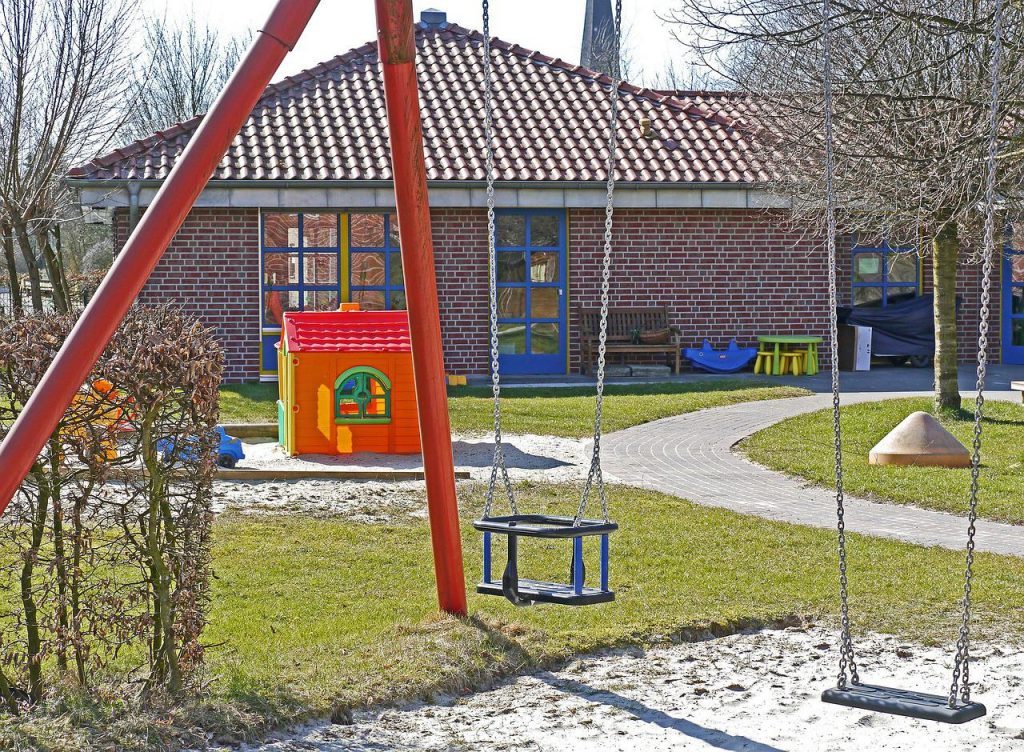New Mexico’s Child Care Funding Is Largest In The Nation, And It Just Became Higher
Child care funding in New Mexico was already incredibly high and now it looks like the number is going to climb even more.

New Mexico is now waiving co-pays for its massive child care subsidy program. Last June, low and middle-income families were offered access to “free” or mostly free child care. The bill was footed by the New Mexico government (which is funded by the taxpayers). Despite the supposed success of the program, families were still paying upwards of $900 a month per child. So now, the state is expanding the program to offer “free” child care funding across the board which is going to cost more than its already high price tag.
This child care funding program is set to continue through June of 2023, but lawmakers are considering making the changes permanent. This will pay for childcare involving families at 400% of the poverty line, and over $100,000 for each family of 4. How the state can afford to do this is questionable, but it is only one concerning aspect of this situation. In examining Canada’s free child care program failures, and the fact that children who enter preschool too soon suffer from long-term issues, New Mexico’s solution may offer more hardship for middle and low-income families.
Quebec, Canada began offering their universal child care program in 1997, many believed it would be good for women wishing to re-enter the workforce and the families they would help support. What officials and taxpayers didn’t expect were significant hikes in childhood anxiety, aggression, and hyperactivity. But that is just what occurred. Children ages 2-4 were placed in child care sooner than previous generations. Those who were left to the system not only developed these issues but also long-term hostility and fewer quality relationships with their parents than children who were not placed in child care at a young age. It is a serious display of just how child care funding programs can adversely affect families.
Twenty years later the data was examined by the Institute for Family Studies and revealed serious side effects. Socio-emotional problems continued to develop as the first generation of universal health care children grew. Boys especially displayed negative effects. From the ages of 12-20, an increase in criminal behavior was linked to this specifically. Crime jumped by 22% and much of it was carried out by those placed into child care at the launch of the universal health care program. This has led many to question whether child care funding should be modeled after this form of government plan.
In addition, the emphasis on education in the United States has many parents placing their children in academic preschools at younger and younger ages. This has proven to cause long-term harm, as children who are allowed to play and explore freely excel much better later in life. Not to mention that the American public education system (preschools especially) often misdiagnoses students with ADHD because young children don’t have the focus to sit still for long periods of time, or follow strict lessons.
Plus, boys learn differently than girls and are likelier to be misdiagnosed because the male brain is more stimulated with experiments and hands-on learning, whereas the female brain is better at verbal skills — which include sitting and listening to teachers. Add in the fact that the symptoms of experiencing trauma are often confused with those of ADHD, and universal child care funding for low and middle-income families holds the potential to place many young children into situations they are not ready for, thus creating more problems.
New Mexico politicians are proud to lead the way in providing taxpayer footed child care funding. Whether they have studied the long-term effects of such practices is unknown. What is clear is that another “free” program is being bought and paid for by the people of this state at a high cost, and success rates will not be measured for years to come.



